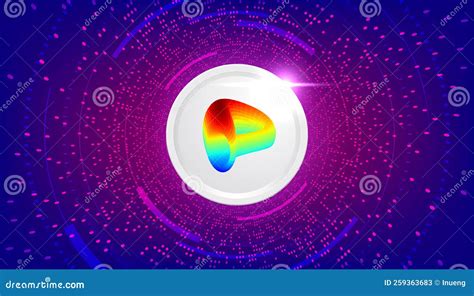“Unlock decentralized worlds: understanding of the crypt, dao curve, metadata and ERC-20”
The world of cryptocurrency has made a long way from its institution in the early 2000s. From the humble I start to become a global phenomenon, Blockchain technology has revolutionized the way we think of money, transactions and communities. At the center of this revolution is a complex ecosystem that allows safe, decentralized and transparent interactions between individuals and organizations.
cryptocurrency: pioneering force
At the base, cryptocurrency is an electronic form of money that uses encryption for safe financial transactions. This technology allows users to send, receive and archive the value without the need for intermediaries or central banks. Bitcoin (BTC) was the first great cryptocurrency, launched in 2009 by Satoshi Nakamoto, an anonymous individual who designed and developed the underlying protocol.
Subsequent cryptocurrencies such as Ethereum (ETH), Litecoin (LTC) and Monero (XMR) have expanded the possibilities of decentralized finance (Defi). These digital resources offer a wide range of use cases, from speculative trading to loan, loans and the development of intelligent contracts. Cryptocurrencies are archived, exchanged and transferred using Blockchain technology, which guarantees safety, transparency and decentralization.
DAO curves: the pioneer Defi
Curvedao is a decentralized autonomous organization (DAO) that uses the Ethereum platform to facilitate Difi applications. Founded in 2018 by Ryan Shea and Zachary Lipton, Curvedao has become one of the largest and influential defluent Defi protocols on the market.
Curvedao’s main objective is to provide liquidity services for various Defi platforms, including loans, loans and agriculture. By aggregating decentralized activities and allowing users to lend them or take them at favorable rates, Curvdao allows faster and more efficient transactions without relying on traditional banking systems.
metadata: hidden harmonics
In the world of blockchain, metadata refers to the information that describes a specific digital resource, such as its name, address and property. This metadata is preserved in the intelligent contract of the blockchain and is essential to verify the property, origin and scarcity.
Decentralized metadata platforms have emerged such as the Matic, Chainlink and ChainPoets network to allow the creation of decentralized data stores that can be questioned on various Blockchain networks. These platforms provide a level of abstraction among Blockchain ecosystems, allowing interactions without continuity and interoperability.
ERC-20: the standard asset
The ERC-20 standard is a set of rules for creating digital token on the Ethereum blockchain. Introduced in 2015 by Vitalik Boterin and a team of the Smart Binance chain, ERC-20 became a standard widely adopted for the creation of Token.
The ERC-20 tokens offer several advantages, including fungibility (i.e. the unique amounts), non-fungibility (i.e. the different amounts) and scalability. They are also subject to regulatory control, which has led to the development of custom-made solutions such as ERC-20-based security tokens and Defi (decentralized platforms.
The connection

While Crypto, Dao curves, metadata and Erc-20s may seem separate entities, they are intricate in a complex network of interactions. Here’s how:
- Cryptocurrencies : cryptocurrencies such as Bitcoin, Ethereum and others use blockchain technology to facilitate safe transactions.
- Dao curve : Curvedoo uses the Ethereum platform to provide liquidity services for Defi applications.
- metadata : metadata are essential to verify the property, origin and scarcity of digital resources through different blockchain networks.
4.
